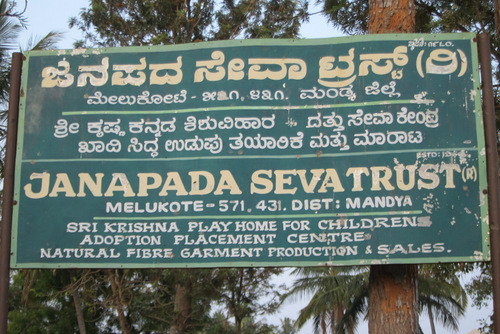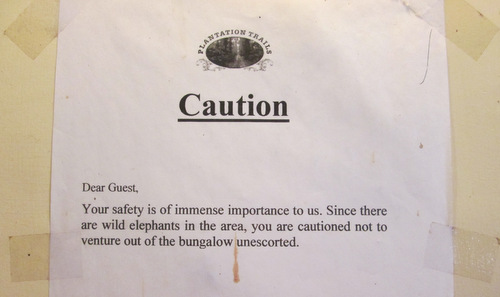
According to their website’s home page the Janapada Seva Trust is “a voluntary organisation functioning in and around Melkote a mofussil town” [meaning rural and not originally part of the East India Company regions of Bombay, Calcutta, and Madras] ” in Mandya District of Karnataka, India since 1960. Inspired by the ideals of Mahatma Gandhi and Sarvodaya philosophy the Trust has been striving to create a non-violent, egalitarian order of society. Its core area of work is welfare, education, rural industry, environment and agriculture.”
“Over the years the Trust has built a fine infrastructure for its activities. The accent of the Trust is on self-help and people’s involvement, the Trust seeks support not so much from the State as from people who care.”
We were told by it’s founder, Surendrah Koulagi, that it all began when a 10 year old boy learned about Ghandi’s Salt Satyagraha, or Salt March, that took place in 1930 as one of the first acts of a self-declared sovereignty from the British Empire by the Indian National Congress. When Mr. Koulagi began to understand the philosophy of non-violent civil disobedience, the power found in the action, and the simplicity of its message (“Satyagraha” is a synthesis of the Sanskrit words Satya (truth) and Agraha (insistence on)) he wondered what other important things could be accomplished by a simple insistence on the truth.
Continue reading “Insisting on Truth” →








